The topic of Pitbulls snap has garnered much attention and controversy over the years, with many believing snapping is part of the pitbull temperament. However, there is no basis for such a claim, as any dog breed can snap.
With that being said, dispelling common myths and understanding the causes behind snapping can help in providing better care and management for pit bulls.
In this article, we will delve into detail the reasons why pitbulls snap and behave aggressively. After all, understanding your dog’s behavior can help you take the necessary steps to create a comfortable space for your pitbull to stay happy and healthy.
Why Do Pitbulls Snap?
1. Dominant display
One prominent reason for pitbulls to snap is a dominant display. This occurs when a dog tries to assert its authority in a situation or over other dogs. However, proper training, socialization, and communication can aid in minimizing this behavior.
2. Anxiety
Anxiety can also contribute to sudden aggressive behaviors in Pitbulls. Dogs may feel insecure in specific environments or situations, leading to feelings of anxiousness. Providing a safe and familiar space for your Pitbull can help alleviate anxiety-related issues.
3. Territorial Protection
Territorial protection might serve as another reason for a Pitbull’s aggressiveness.
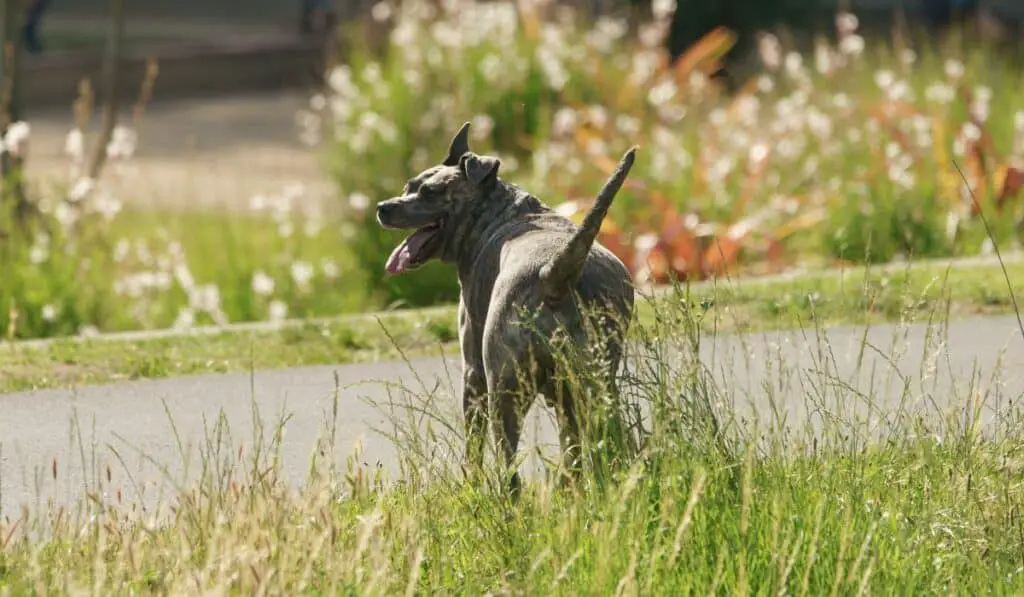
Dogs can naturally exhibit protective instincts towards their home or owner, especially when they feel threatened. Ensuring that your dog is well-trained and exposed to various environments can lessen their territorial behavior.
4. Fear
Fear is another common factor that can cause a Pitbull to snap. When a dog feels threatened or scared about something, it might act aggressively as a defense mechanism. It’s essential to gradually expose your dog to new situations and provide positive reinforcement to reduce fear-related reactions.
5. Being In Pain
In certain cases, pain can lead to aggression in dogs, including pit bulls. If your dog is suffering from an injury or illness, they may react negatively to certain types of touch or interactions. Regular veterinary check-ups will ensure your dog remains in good health and prevent such situations.
6. Possessiveness
Possessiveness is also a factor that might make your Pitbull snap. If your dog is overly protective of its belongings or food, it may become aggressive when someone tries to interfere. Acknowledging your dog’s possessive behavior and addressing it with training can help mitigate the issue.
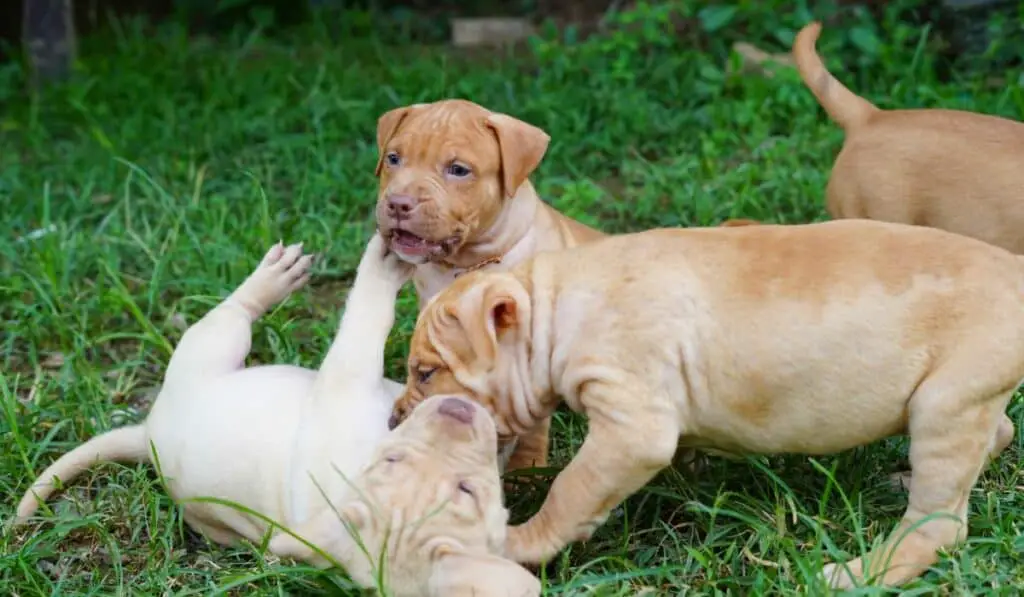
7. Maternal Instincts
Lastly, maternal instincts play a significant role, especially for female Pitbulls. If a mother feels like her puppies are in danger, she might display aggressive behavior. Giving a mother Pitbull enough space and privacy while ensuring she feels secure can help prevent snapping caused by maternal instincts.

Get the 7 Biggest Training Mistakes free report!
How To Reduce Risks For Snapping
Socialisation
Early and frequent socialization is essential for reducing the likelihood of snapping in your pit bull. Expose your dog to various environments, people, and animals from a young age to help them develop confidence and adaptability. Regularly engaging your pit bull in positive social interactions can significantly lower the risk of aggressive behavior.
Training
Having consistent and positive training methods for your pitbull are vital for its obedient and well-being.Establishing boundaries, reinforcing good behavior, and addressing undesirable actions are all necessary components of a well-trained dog.
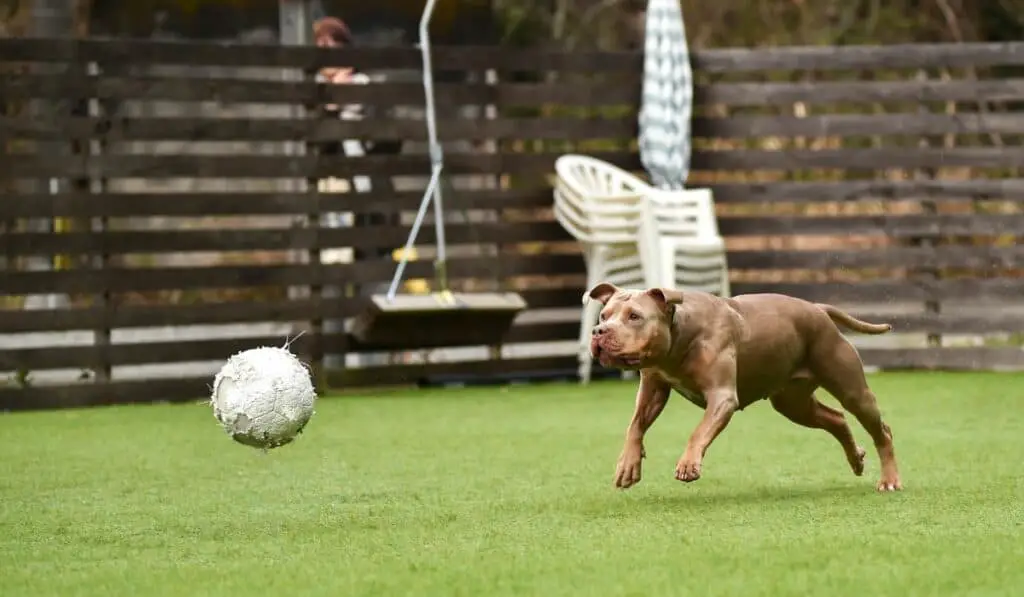
Enrolling your pit bull in a professional training course can help strengthen your dog’s understanding of commands and behavioral expectations.
Exercise
Pit bulls are energetic dogs that require regular physical exercise and mental stimulation. Adequate activity levels can help prevent frustration or pent-up energy that may lead to snapping. Provide daily walks, playtime, and interactive toys for your pitbull so they remain satisfied and less likely to exhibit unwarranted aggression.
Stress reduction
Reducing stressors in your pit bull’s environment can help prevent snapping. Identify potential causes of stress, such as loud noises, crowded areas, or unfamiliar situations, and gradually desensitize your dog to these stimuli. Offer a safe and comfortable space for your pit bull to retreat when they need to relax and recharge.
Health monitoring
Regularly monitor your pit bull’s overall health and well-being. Snapping can sometimes be a result of underlying medical issues or discomfort. Ensure your dog receives regular veterinary check-ups and addresses any health concerns promptly.
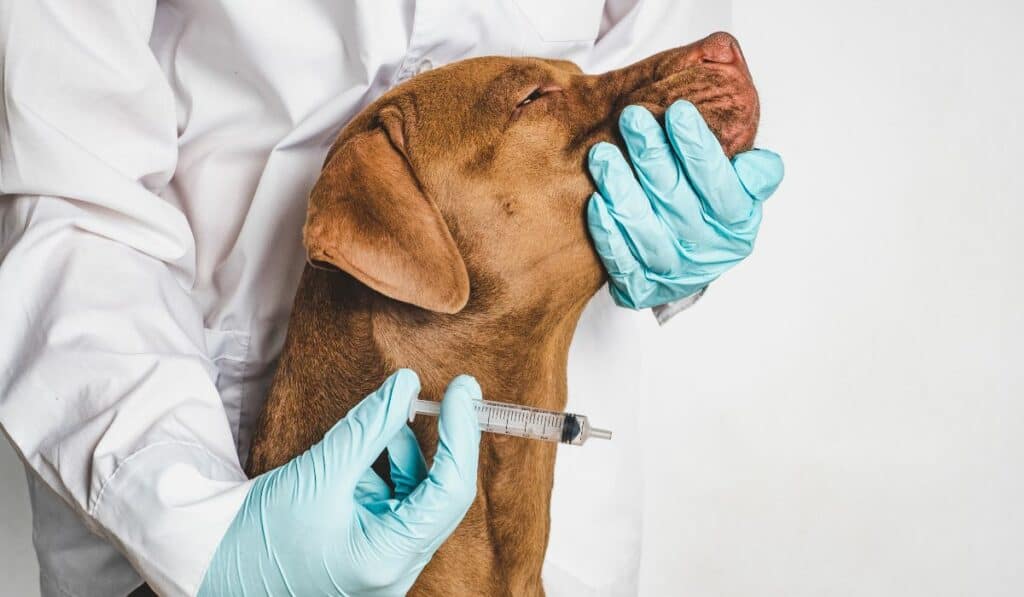
By following these guidelines, you can effectively reduce the risks of snapping in your pit bull and foster a positive, well-balanced companion.
How Can You Tell If A Pitbull Trusts You?
Pitbulls have their own unique ways of showing trust and affection towards their owners. Being able to recognize these signs will help you build a stronger bond with your furry friend. Below, we’ll explore several ways in which a Pitbull may display their trust in you.
Eye contact
If your Pitbull maintains eye contact with you, it can signify love and trust. Dogs typically look into their pack leader’s eyes when they feel secure and comfortable. So if your Pitbull gazes into your eyes, it’s a sign they trust you.
Physical proximity
A Pitbull that feels connected with you will often want to be close to you. This may involve following you around the house, sitting next to you, or even laying on top of you if possible. These close encounters indicate a sense of trust and affinity.
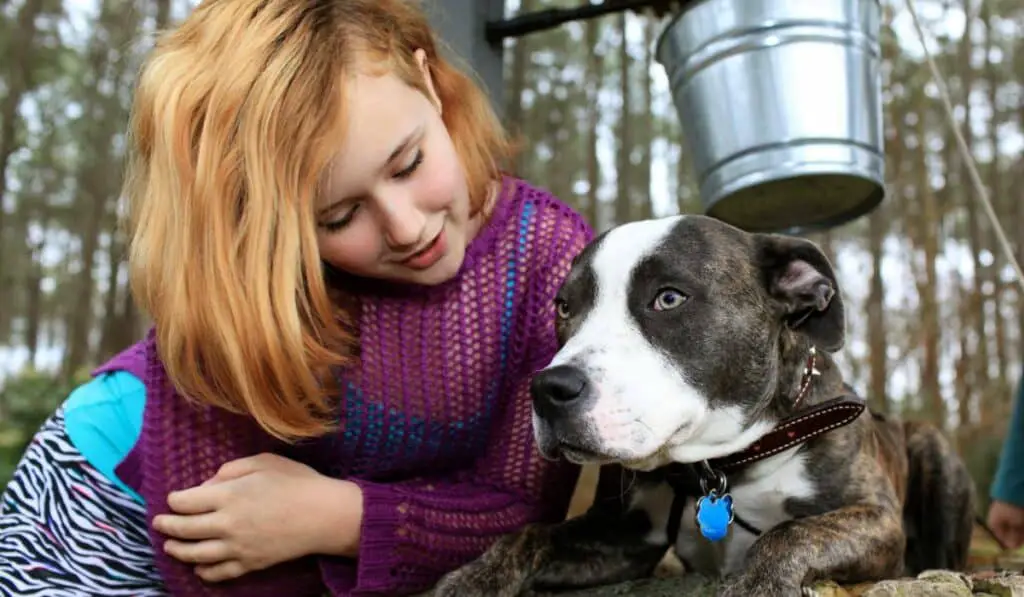
Licking and nibbling
When your pitbull licks or gently nibbles at you, it can be a display of affection and trust. Although this behavior is common among most dogs, it’s particularly meaningful when coming from a Pitbull, showcasing their connection with you.
Tail wagging
A wagging tail not only shows happiness but also trust. If your Pitbull constantly wags their tail when interacting with you, it’s a sign that they trust and enjoy your company.
Belly-up
A dog exposing its belly is one of the most significant signs of trust, as it indicates vulnerability. If your Pitbull rolls over and presents their belly, it means they feel safe and secure in your presence.
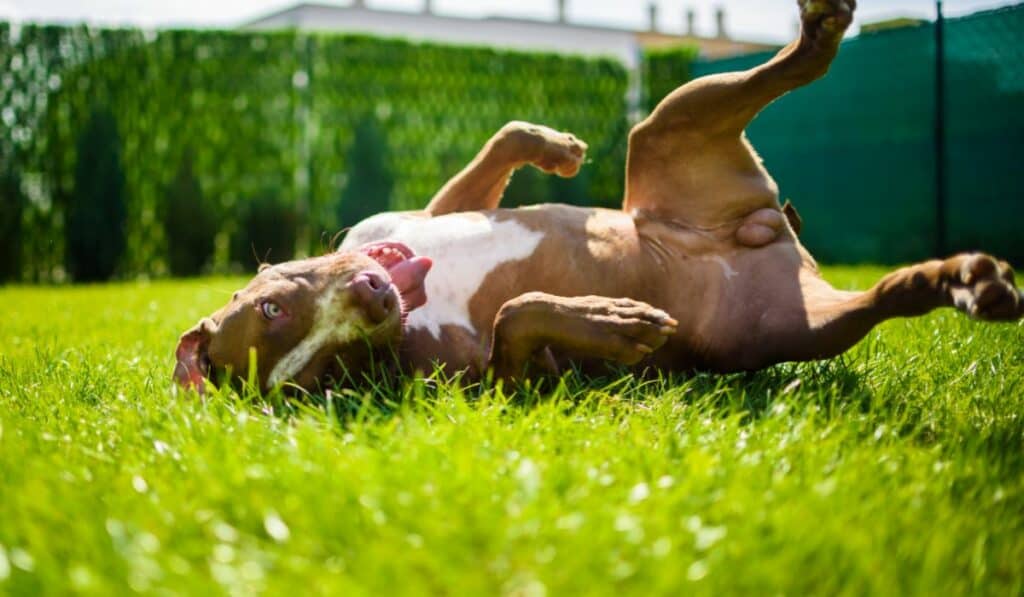
Remember, building trust with your Pitbull takes time and patience. By being observant and attentive to these signs, you can gain valuable insight into your dog’s feelings and strengthen the bond between the two of you.
Conclusion
In conclusion, fear, pain, possessiveness, illness, frustration, anxiety, dominance display, and maternal instincts are some of the reasons why Pitbulls will snap.
As a responsible dog owner, it’s crucial to recognize and address these underlying issues to prevent unexpected snapping and ensure your dog’s well-being.
